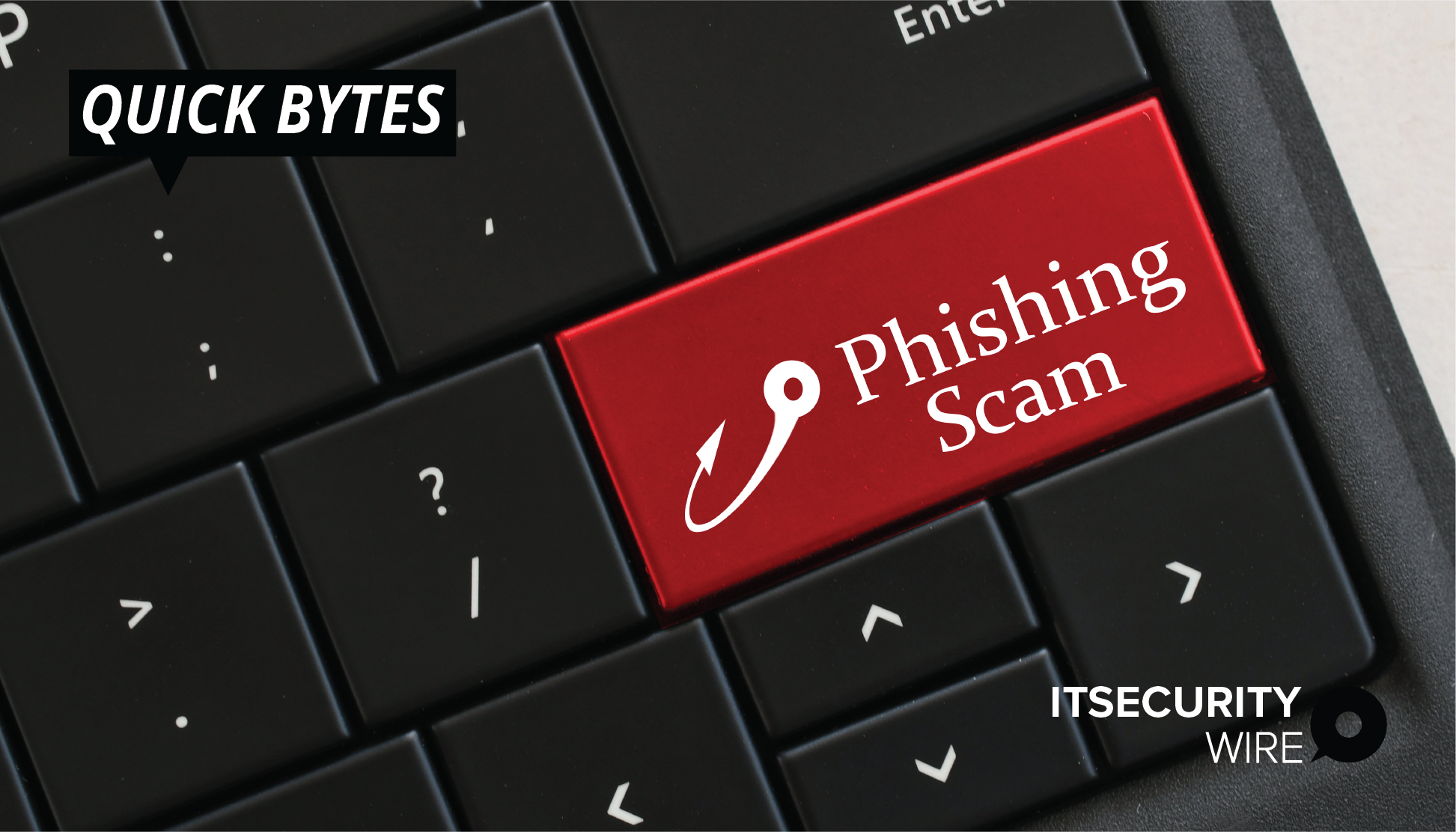Everyone continues to live in a remote but connected world, which has stretched their business outlook, IT operations, and even their mental health. In order to accommodate remote work, quicker software development, and digital transformation, it has compelled them to accelerate investments and modify their operational processes.
Even the most agile businesses have had to put business-critical demands ahead of cybersecurity at some point. The philosophy for many companies, therefore, has been to introduce new technology, ensure survival and adapt quickly.
Cybercrime is set to increase and continue dominating headlines. Protecting enterprise assets and employees is, therefore, more important than ever, especially as they increasingly operate outside of traditional enterprise premises.
Endpoint Detection and Response (EDR) is still a crucial security tool for safeguarding air-gapped and remote environments. EDR has expanded to cover all aspects of how employees operate, including email, identities, clouds, and any network. This new strategy and architecture for security operations is known as Extended Detection and Response (XDR) and is becoming massively popular in the industry. Notably, it’s a method that doesn’t depend on creating and maintaining a sizable data lake or requiring a fully staffed team of experts to be effective against cyber threats.
Shifting to Advanced XDR
Advanced XDR outperforms EDR by utilizing AI and ML to detect and connect several attack behaviors into a visual representation of each malicious operation. The scope of what rule-based routines can identify is constrained.
Algorithms can sort through telemetry to find patterns in behavior and attack sequences. They are able to detect behaviors and threats that threat intelligence and signatures often miss.
Also Read: How Enterprises can strengthen their Security Architecture with XDR
Dealing with an incident is made significantly easier by giving security analysts access to a visual attack story that reveals the cause, sequence, and scope of a malicious operation, as Advanced XDR does. These timelines help analysts understand what is happening and what to do about it by upskilling them, reducing alert fatigue, and clarifying the situation.
Advanced XDR can even suggest the necessary course of action and, in some circumstances, automatically trigger the response. SIEM and SOAR solutions cannot do this today and necessitate skilled human experts building workflows, playbooks, and tuning to be effective. Advanced XDR solutions free specialists from tedious workflows, reduce mental stress and help them focus on higher-level work.
Addressing Information Silos
Advanced XDR helps eliminate information silos. Instead, a unified view that integrates email, cloud, identity, endpoint, and network context is created to safeguard employees while they work in any part of the world.
By focusing on the patterns of behavior that make up an attack sequence, analysts can put less effort into putting out individual fires and more into stopping the larger campaign.
When teams employ advanced XDR, they are given available response capabilities that even let them foresee an attacker’s next step and take pre-emptive precautions to lower risk. Because they focus on the endpoint in isolation from another telemetry, XDR and EDR are limited in their ability to detect modern threats.
They suffer from having to ingest and analyze enormous amounts of data at scale. Smart filtering is one strategy used to make up for this, but it ignores potentially useful information, missing threats, and leaving gaps in hunting and investigation.
Future-Proof Solutions
Advanced XDR differs from its predecessors. While all XDR solutions gather, store and process diverse event data that could be beneficial, advanced XDR can actively thwart common threats like malware and ransomware. Additionally, it provides immediate attack detection, allowing for efficient incident response.
Also Read: Three Strategies to Ensure Business Continuity After a Ransomware Attack
The ideal solution would be seamless to set up, compatible with legacy settings, and offer a number of integrations with the current IT and security stack. The ability to move teams away from time-consuming processes and toward a more proactive mindset is perhaps the most crucial.
This was not feasible before advanced XDR. SOAR and SIEM solutions often fall short. Advanced XDR can provide the automation, visibility, and accuracy required to ensure resilient, organization-wide security when combined with existing solutions. Defenders can get closer to cybercriminals thanks to advanced XDR, which also gives enterprise innovators more time to work on new projects.
For more such updates follow us on Google News ITsecuritywire News. Please subscribe to our Newsletter for more updates.









